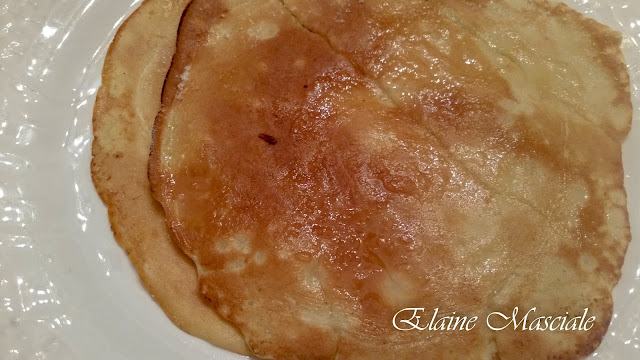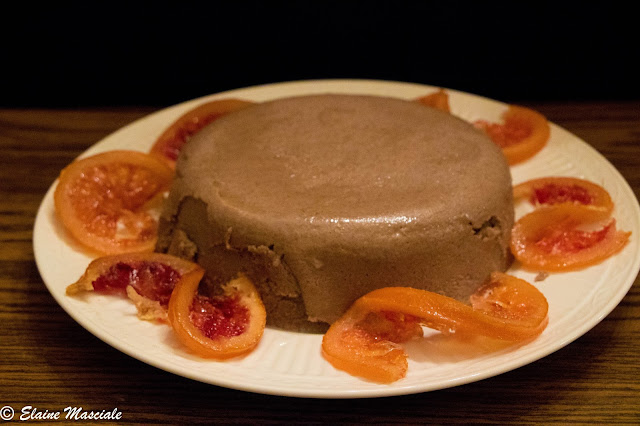Mr. Francatelli's Pancakes for Shrove Tuesday
 |
| Pancakes for Shrove Tuesday, from Mr Francatelli's recipe |
Shrove Tuesday or Fat Tuesday - traditionally a day of fried cakes, doughnuts, and pancakes, all ways to use up fats before the 40-day fast of Lent. I did not grow up celebrating the day, and, as a result, have no traditional food associations. When my children were little I started looking for ways to celebrate ordinary and traditional days. Shrove Tuesday seemed like a fun thing to celebrate! Not being much of a Mardi Gras person and being a huge fan of breakfast, I settled on pancakes. When I moved to the Chicago area I had discovered puffed pancakes - the German apple pancake and the Dutch Baby, and over the years my Shrove Tuesday dinners moved in that direction. This year I was thinking a Dutch baby pancake sounded about perfect for our meal. AND THEN...
.... I read a cookbook by Mr. Charles Francatelli. If you have watched the PBS series Victoria, the very Mr. Francatelli who was cook for Queen Victoria.
 |
| Charles Francatelli (from The Cook's Guide, 1867 edition |
During his career he would write four cookbooks:
- The Modern Cook: A Practical Guide to the Culinary Art in All Its Branches (1845)
- A Plain Cookery-Book for the Working Classes (1852)
- Cook's Guide and Housekeeper's Butler's Assistant (1861)
- The Royal English and Foreign Confectioner (1862)
Enough of the Background! On to the Pancakes!
In A Plain Cookery-Book for the Working Classes I found the following recipe
I couldn't get the recipe out of my mind, although I tried hard. Finally, I decided to make Mr. Francatelli's pancakes. Having made other historic pancakes, I already knew that these pancakes would be flatter than our modern American pancakes - you'll notice that there is no leavening agent included.
Reconstruction of the Recipe
The recipe is pretty straight forward. I measured the flour on my kitchen scale. I knew that nutmeg was a very popular seasoning of the time, so I interpreted "a little grated nutmeg" as a quarter of a nutmeg. Rather than chopping lemon peel, I grated the rind of a fresh lemon.
Put the flour in a bowl, make a hollow, add the rest of the dry ingredients and the lemon zest. Stir in some milk (I used about half the milk), then add the eggs and mix hard by hand. Add the rest of the milk. I did work to get a number of the lumps out, although I believe it is not crucial, just as modern pancake batter should be a bit lumpy.
I heated an 8" frying pan, added a small about of lard and swirled it once it was melted. I used a small teacup to pour the batter in and quickly swirled the pan to spread it. My pancakes were not perfectly shaped.
Although they had some bubbles, I was not able to use the "bubble and break" standard for raised pancakes, so I estimated doneness by a firm bottom. Since it was Shrove Tuesday and since pancake flipping contests seem to be traditional, I decided to flip mine. I am NOT a natural pancake flipper, although I did get better with practice (thank goodness, or we would not have eaten).
 |
| Whoops! Flipping isn't as easy as it seems! |
As I removed each pancake, I lightly sprinkled the top with granulated sugar and stacked them on top of each other. The heat from the stack melted the sugar and made a light gaze.







Comments
Post a Comment